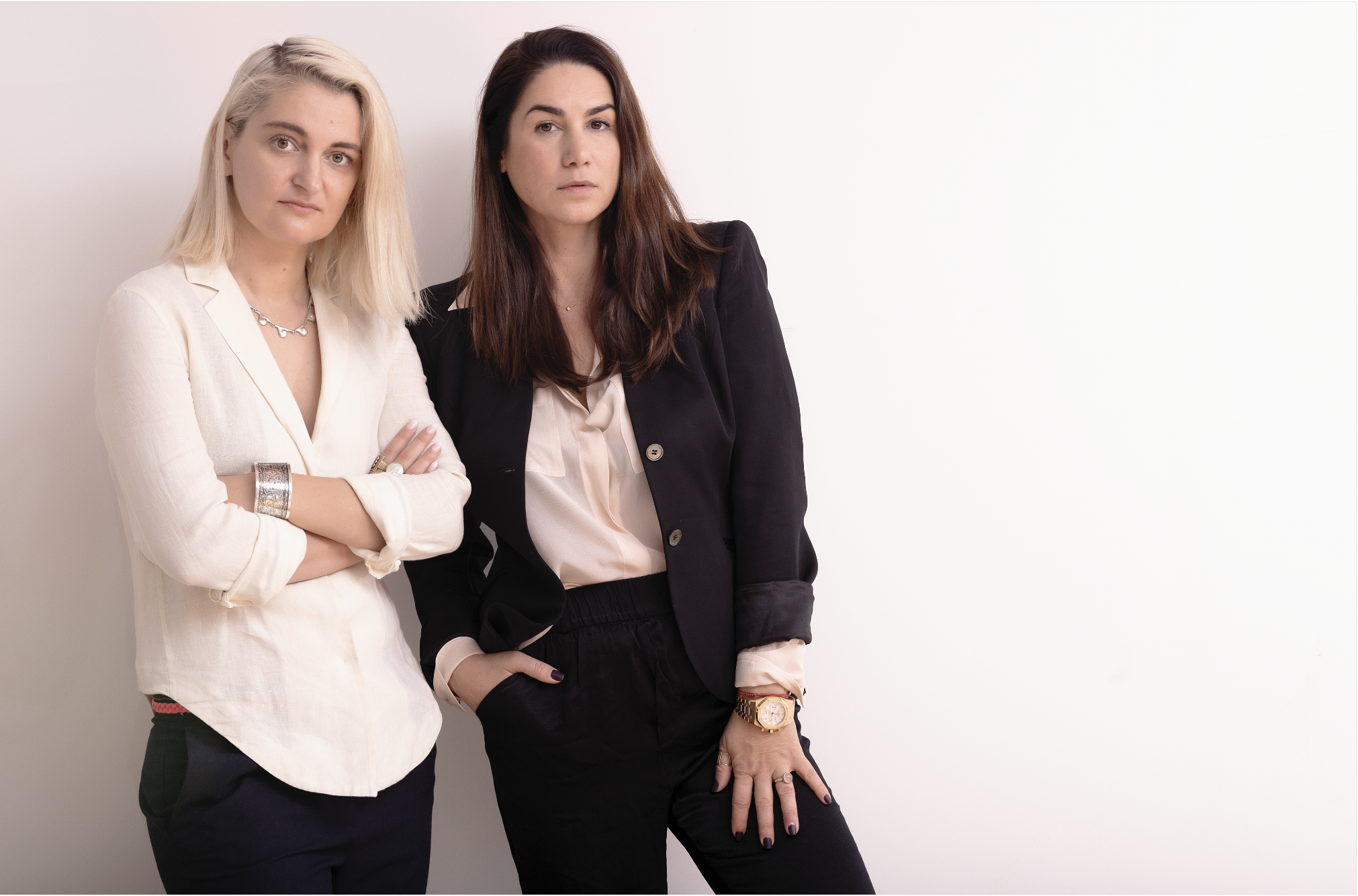RAD Art Fair is an overdue collaborative initiative that strengthens the core of the Romanian art scene, offers visibility to its artists and galleries, and builds a base for the growth of a healthy national art market over the next decade. Easttopics spoke RAD Art Fair co-directors Catinca Tăbăcaru, owner of Catinca Tăbăcaru Gallery, and Daniela Palimariu, owner of Sandwich Gallery.
You already take part in several art fairs from Art Basel Hong Kong to Torino. What attracts you to the art fair model?
Daniela Palimariu: When we decided to fill in the empty space left by the need for an art fair in Bucharest, we knew that what we are doing is much more than an art fair per se. The art market in Romania is just beginning to really take shape and we believe it has an enormous potential, given the curiosity and genuine interest we are witnessing in the last few years as galleries here. So the fair is actually actively contributing to this essential time in the growth of the scene, and not just through its several days of actually being open – which is, in itself, a unique occasion that brings together most of its essential actors – but through the year-long program that its creating, including talks, guided visits, workshops, private and public educational events, and so on.
Art fairs are not “easy” for any gallery, at any level. They cost a lot just to be part of, then it costs more to ship, insure, install, travel. The art fair system in its entirety needs to be discussed, its issues addressed and perfected on a constant basis, and basically it needs to be made better for galleries in general. That being said, it is a system that it’s unique, necessary and that cannot be replaced by anything else – not by online viewing rooms, not by gallery weeks, as useful as all these variants might also be. So by doing RAD “at home” we want to open up to the possibility of having all the pros of an international art fair, while reducing all the cons of always having to go elsewhere for it.
Could you tell us a bit about the RAD Art Fair? What does it bring to the city?
Catinca Tăbăcaru: RAD Art Fair brings to Bucharest an access to understanding the pulse of the Romanian art scene. It offers immediate access, you go, you see the best galleries, you discover the most exciting artists. And understanding this, the fact that Bucharest is the only city in Romania where you can do this, it’s unique, it’s a singular experience.
What else it brings to the city, is that it galvanises around itself a community. I was speaking recently with a fellow gallerist who was saying this to me, that not the same people come to their gallery as to another, some people come to them some people come to others.
Here with RAD everyone comes, it’s the primary event and because everybody comes, everybody spends time together and gets the opportunity to learn and form relationships.
People don’t go to RAD for 2 hours, just coming and going, they come to RAD to be part of the community, to listen to the talks, to discover the Sculpture Park, to meet each other, to be present, to show their friends the art & to give tours of their collections, suddenly everyone comes together for an event and bonds around their passion for art.
RAD consolidates the art scene, it’s a get together, it’s a meeting point where everybody gathers. The moment that everybody gathers, you have a sense of community, of sharing, of talking, and well this just does something that no one gallery, no one opening, no one anything can do.
In addition, at the first edition, but also looking long term, RAD brings to the city of Bucharest an event that is relevant and important to Eastern Europe. As RAD grows and develops, we will see more and more of this, as participating galleries expand, diversify, and the fair becomes more international, it will become a magnet also for foreign visitors and will bring that to the city.
Tell us a little more about the team! Who exactly is behind the RAD Art Fair?
C: RAD is made by the galleries for everybody that wants to get involved in the arts, that have a passion and want to learn more or simply people that are curious, and so it is a collaborative project made by Romanian top galleries from several cities. The whole team pulled its resources, knowledge, work and energy together to create something lasting that will consolidate and build a stronger art scene.
The list of co-organizers is public and includes: Catinca Tabacaru, Sandwich, Cazul 101, Jecza, Galeria Posibila, Plan B, /SAC, Sector 1 & Suprainfinit.
It really is a sample of the top galleries coming together for the entire community.
What’s the story behind the venue; where does the RAD Art Fair take place?
C: This year as well, RAD Art Fair takes place at Caro Hotel, an amazing location near the lake that’s a real oasis from the bustling city, but it’s close enough to the centre which makes it perfect for our vision offering a beautiful space which enhances the amazing artworks that the galleries are bringing to the fair.
The venue is the perfect example of how the first edition came together: with the help of our community. The owners of Caro are good friends with one of our co-organizing galleries, SAC, and were really open to listen to our plan and offer the support we needed. Caro Hotel came in really strong and opened its doors with everything for the first edition.
What’s really exciting about them is that they have all these important points for RAD as you can go there and you can take a break from the business of Bucharest and get immersed in art, spending 4 days enjoying the diverse programme and feeling like you are on a vacation. There is a park, a lake, many restaurants & terraces, you have everything you need to stay and make the most out of your time.
D: CARO is a rather new space in the art scene of the city, unlike any other, so the feeling of surprise, of finding oneself in an unexpected architecture, with a new vibe and flow, all greatly contributes to the overall experience of the visitors at RAD. It is also not a coincidence that the fair takes place during the most beautiful month in Bucharest – middle of May, the perfect time to enjoy all the green the location has to offer!
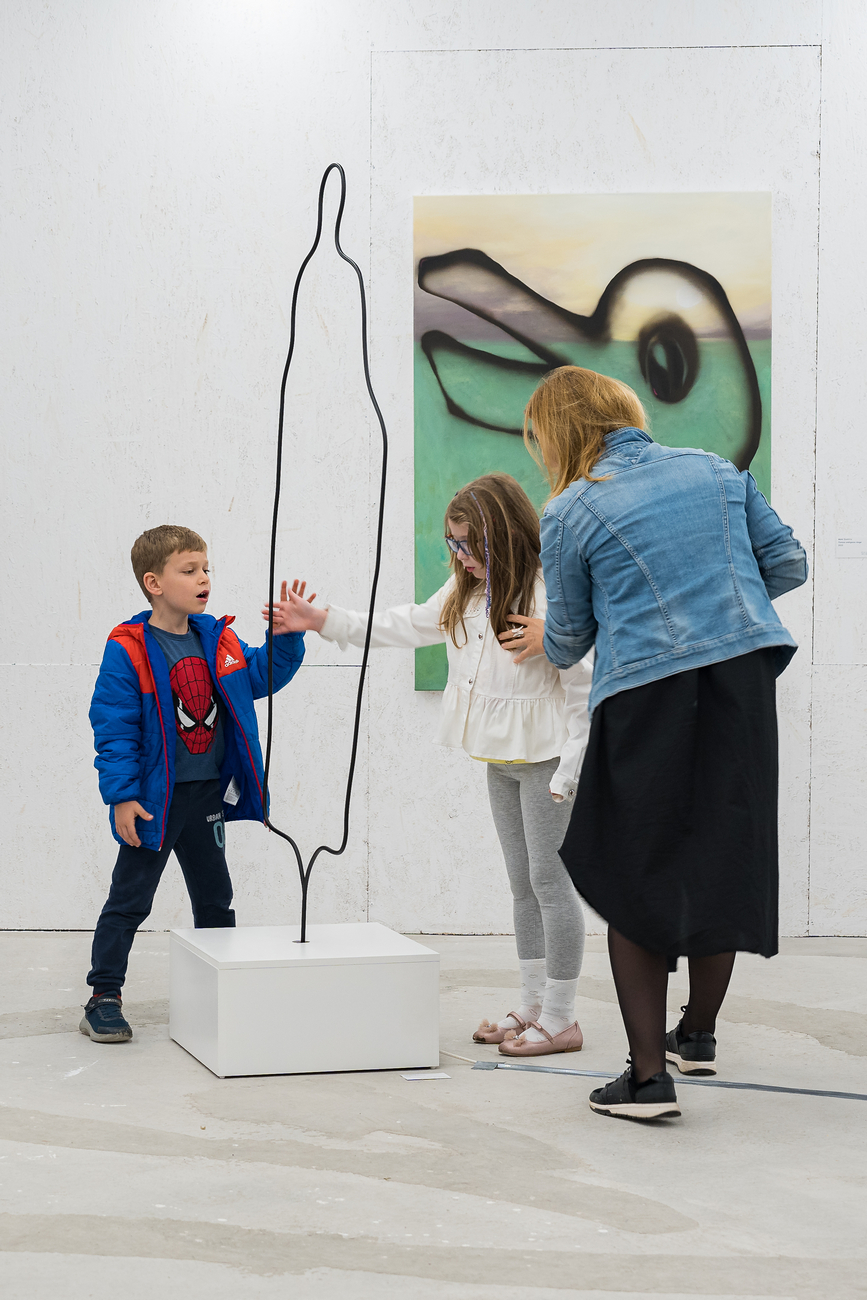
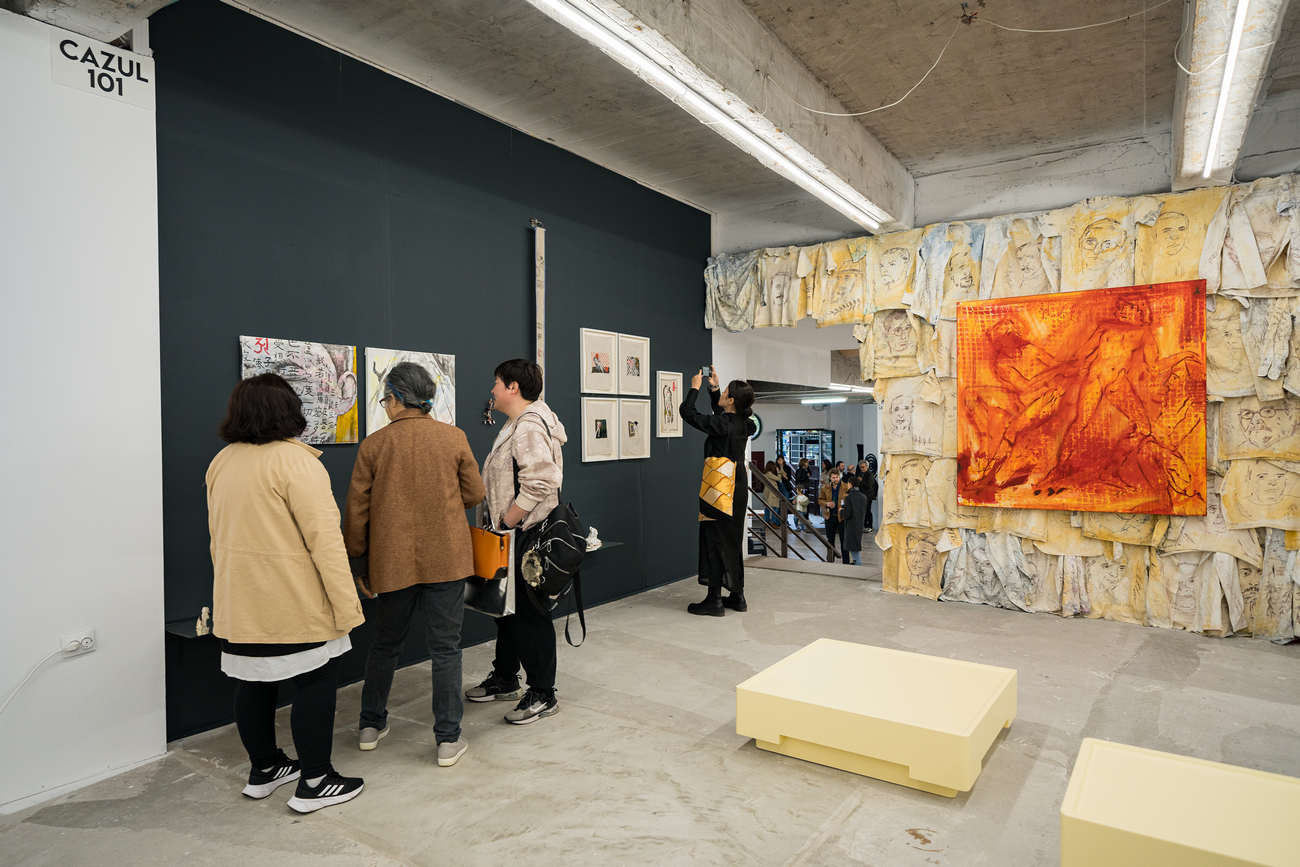
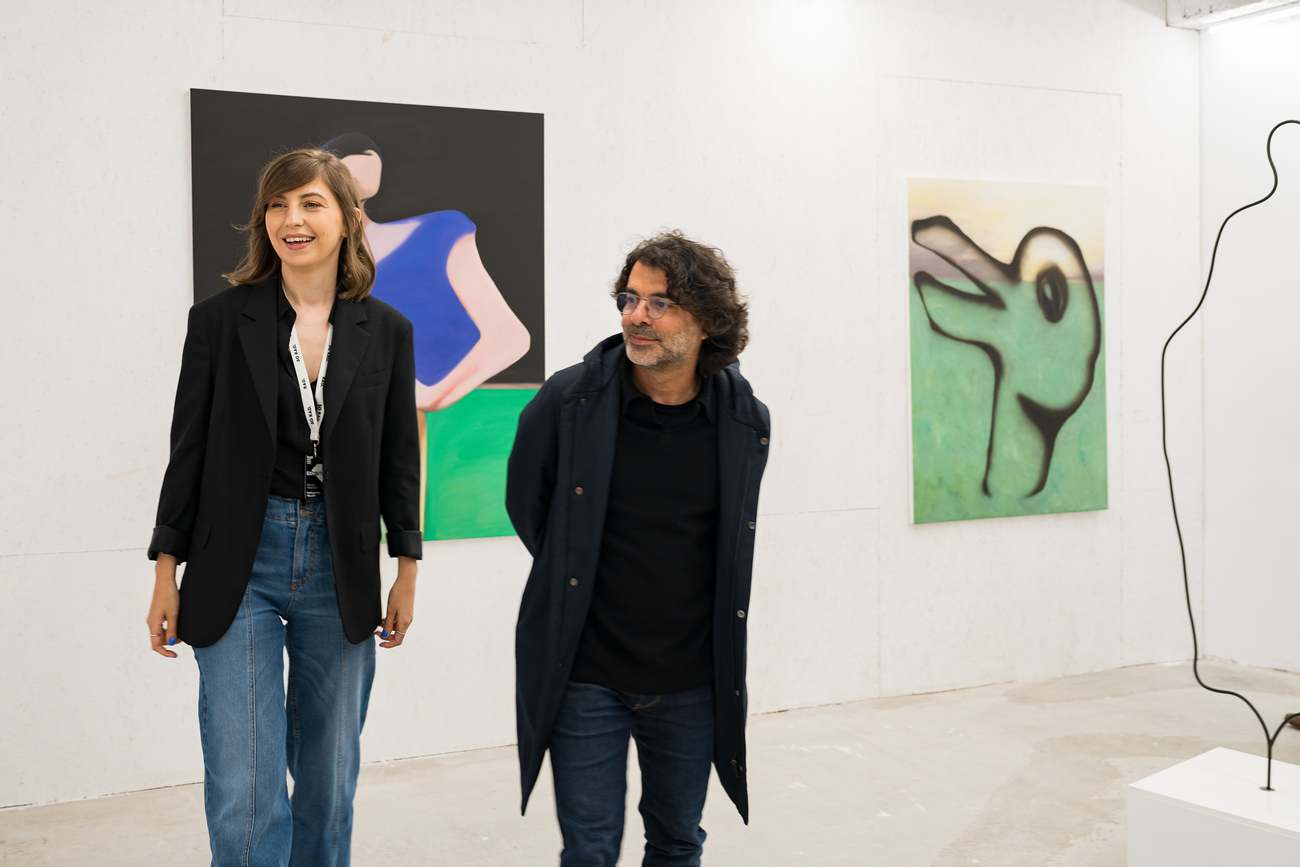
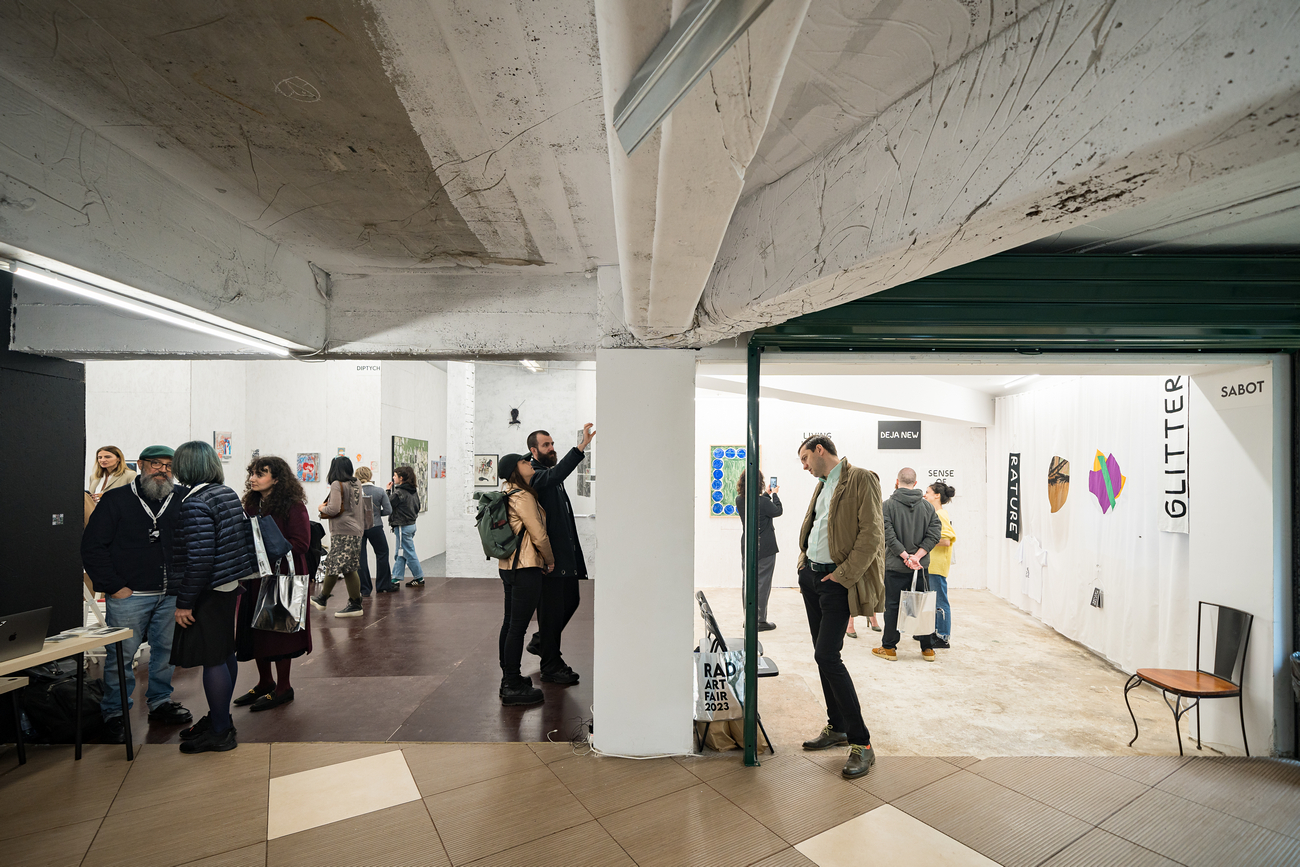
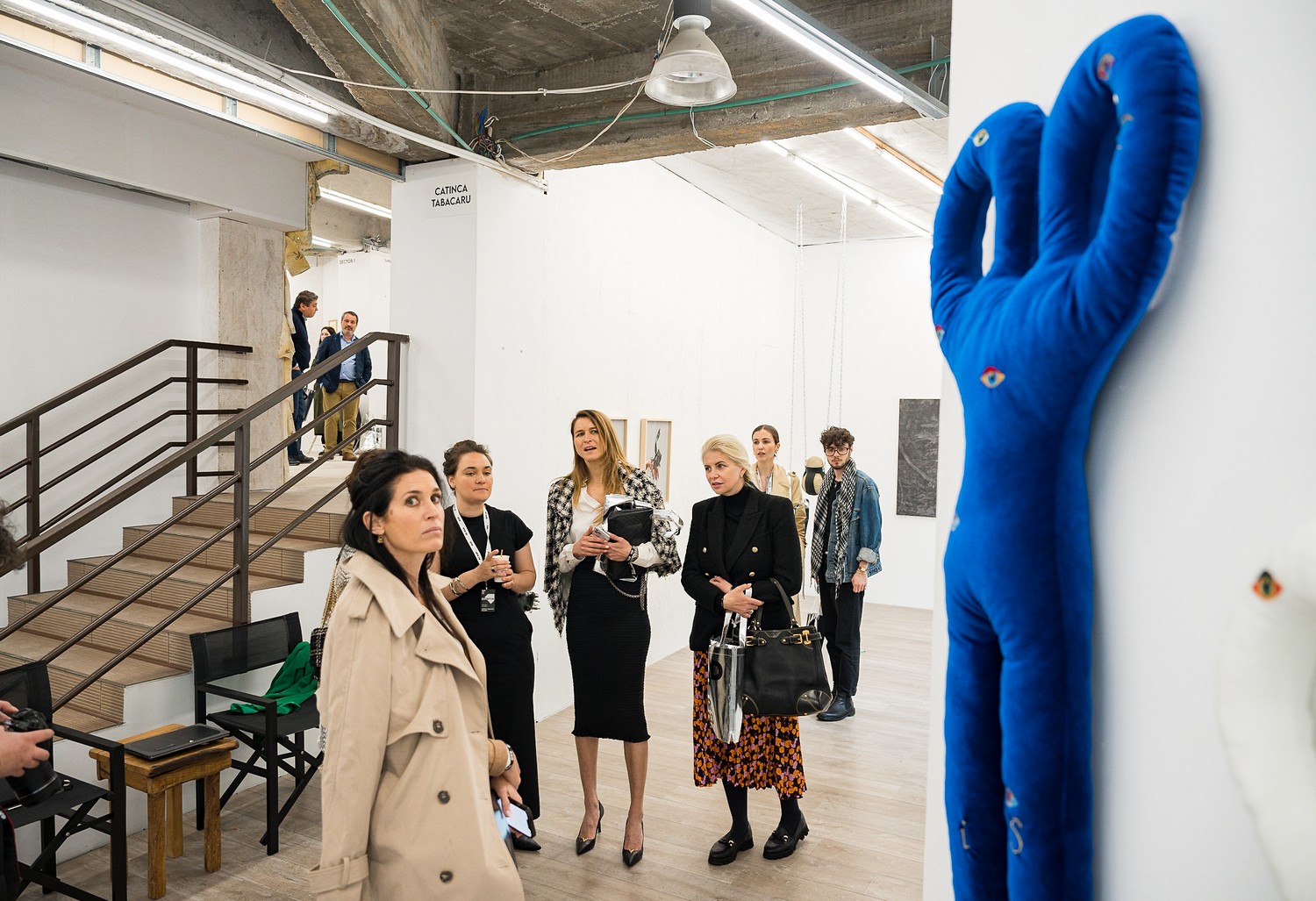
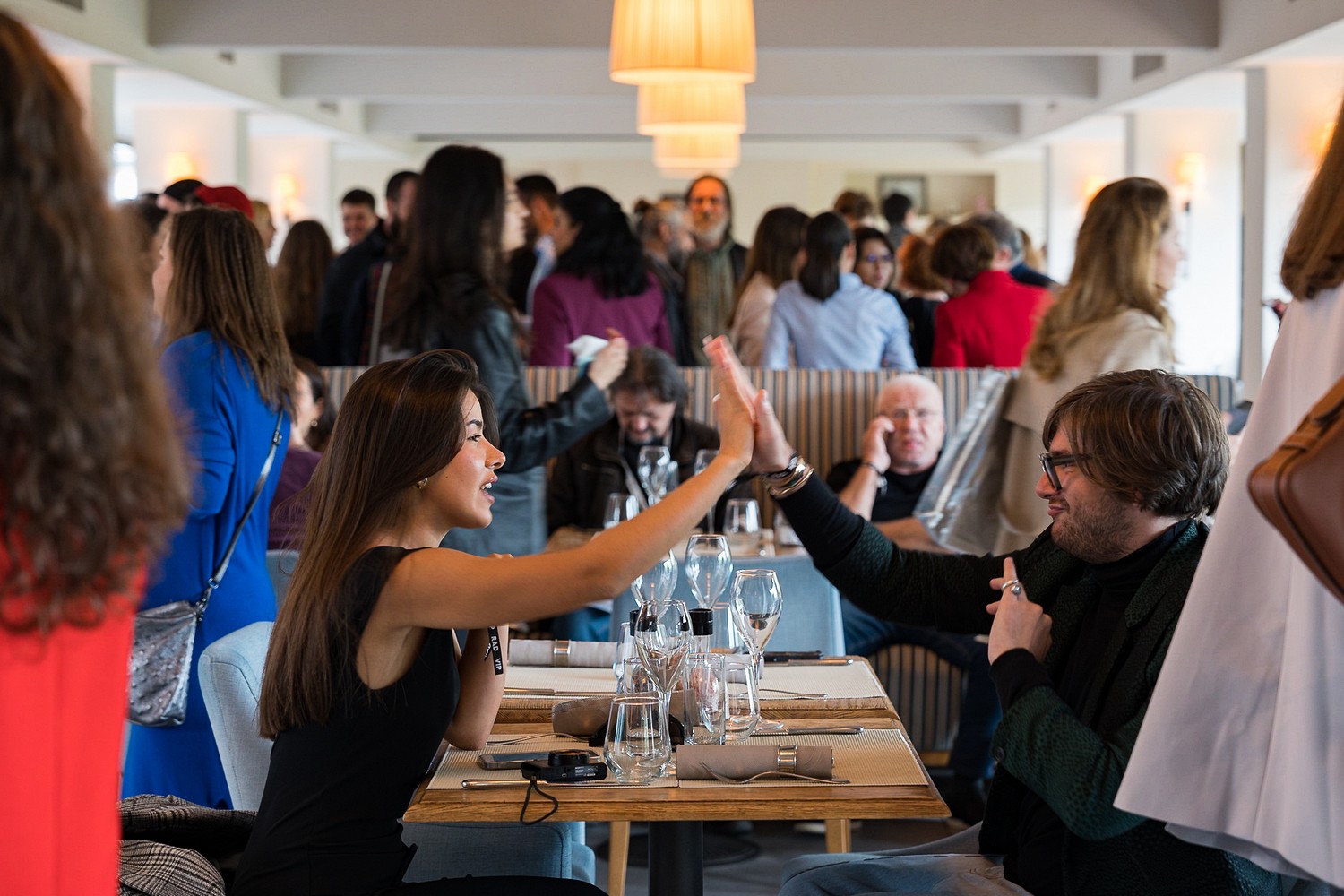
How do first-time visitors find their bearings at this great venue?
D: The fair definitely offers the best experience when you decide to give it more time, whether it is a whole day or even a whole weekend. See a few galleries, maybe just the first floor, then enjoy an aperitivo in the sun, discover that you share a love for the arts with a co-worker you haven’t seen outside the office before you met at RAD, then check out the Design section, reward yourself with a new book at the Publications stand, have a picnic surrounded by artworks in the Sculpture Park, see the rest of the galleries and finish the day with us at the RAD party. The fair is committed to create an open-for-all environment, whether you are a “professional fair lover” or a “newbie” – don’t be afraid to start the conversation!
C: The nice thing about RAD, you know its first edition had 20 galleries, its second edition will have between 30-35 galleries so getting your bearings as a first time visitor is doable, there is enough time and space to move through the fair slowly. We also focused a lot on making the experience cursive and practical, putting a lot of thought into the signage, map, the architecture of the space, so it is easy to understand the circuit, and everyone can find their way around and take part in the talks, see the sculptures, discover the editions section and for this year RAD Design as well. So finding things isn’t difficult and engaging with everything is open & inviting, it’s not a sprawling of hundreds of galleries, it’s digestible. You can pick a point for the start and go from there without feeling overwhelmed. I will always tell visitors to come and have a look and see first, then listen to one of the talks in the programme so they can contextualise better what it’s happening and what the conversations are regarding collecting, the local art market, the Romanian art scene in the global context. And once you do that, you download it in, you find your favourites, you find your people, you find a community.

How would you describe the energy of the contemporary art scene in Romania?
D: Since we opened our gallery here in 2016 we have seen the growth of the art scene, equally in numbers, diversity and maturity. More and more artists based in Bucharest are active internationally, more galleries are present at the best art fairs all over the world, and more international artists and curators bring or create their work right here. The scene is rich, diverse, sometimes contradicting, many times challenging, and it is not an isolated one, but one deeply connected to the rest of the world – So I would say the scene is in Romania but it’s not just a Romanian scene, but one engaged in the international art world.
At this point, much progress has been made through the individual effort of independent galleries, art spaces and organisations, even individual artists and curators, journalists etc, who are motivated to “use” their popularity into bringing international attention to the scene here. I feel that, for the scene to really reach its potential, more public and private institutions – museums, foundations – need to step up and support this moment of growth. I also feel that any individual success inside the scene is deeply dependent on the overall group “success” of the whole scene. There can’t be one without the other, no matter which way we choose to define “success” itself.
C: The Romanian art scene is, I think, at the most exciting point an art scene can be at, it’s burgeoning, the moment where you can feel it boiling, and that is so exciting, every week there’s a new gallery, everyday there’s a new collector, exciting curators, the artists are just on fire. I know everything sounds really positive and superlative but it really is that exciting. I think many places have gone through this or they will go through this later, but at this moment, Romania is the country that is going through it and it’s exciting to be part of it.
How do you motivate first-time buyers?
D: Any collector can still be a first-time buyer even years after they already started their collection. First-time buying a work of video-art, first-time buying a large-scale installation, first-time buying a work by a Romanian artist, and so on. What I want to say is that curiosity and openness are what motivates anyone with the intention of buying an artwork, whether it is for the first or 56th time. That being said, there is of course a lot of work being put into building a trusting relationship with any possible collector, from openly discussing the growth of the artist they are interested in, explaining the less-than-obvious components and connections of the artwork they are looking at, showing variants and relevant examples from the artist’s practice, and, always a hit with collectors – offering a discount!
In the end, buyers are motivated by the relationship and communication they are offered, not solely by the artwork itself.
Who and what are you most excited about presenting at the Fair in 2024?
C: I am taking charge this year of the talks’ programme, so that’s what I’m the most excited about. I am really looking forward to having a discourse that’s really meaningful and relevant to this present moment, bringing the point of view of specific collectors who will speak to us in depth about their collecting, their taste and histories and stories, engaging with other players in the art world about specific topics from design to the ecosystem of the art world to curating for specific audiences. The talks programme is the place where you can listen, learn, participate, really expanding the knowledge of the overall community in addition to each of us as individuals, it offers access to people we don’t get a chance everyday to speak to.
D: As with the first edition, I am in charge of everything related to the visual part of the fair, and I absolutely love creating its identity through the means I feel so confident about: the signature neon green, the shiny silver accents, its overall boldness. I think the vision, program, message and vibe of the whole project can be felt through the first contact with its visuals, and we are growing our team to make it even more powerful and to the point.
As a gallery, with Sandwich, we plan on showing new works by (mostly) the international artist we work with, whether from Australia, China, France or Ukraine and create a dialogue with the local scene here.
From your point of view, how does RAD Art Fair fit into the current network of art events in the region? What makes it stand out?
C: In the artworld there’s always a lot going on, in every region. But RAD Art Fair, unlike many other events it’s completely unique, because it’s so focused on the national scene, on the Romanian scene or the international galleries representing Romanian artists, there’s nothing else like it. It’s not just another international art fair, that sometimes copy and paste other places or is a repetition of something that is already done. This is the only time and place where you will see this number of Romanian galleries or you will see the Romanian galleries that don’t participate internationally who lead the contemporary art world in the country and that makes it unique. So if one is in search of unique experiences and in-depth learning about a country, its output and its engagement with what’s around it, then this is the place where you can find that.
Can you tell us about your ambitions for the upcoming editions of the RAD Art Fair? What sectors of the fair would you like to develop?
C: We are adding a whole new section which is RAD Design and Adela Maria Marius, the founder of E-Pretext gallery, will be the director of that. We are also increasing the number of galleries as previously mentioned, reaching 30-35 galleries, depending on the ambition & quality of the applications we receive and their space needs. Thus, essentially, the goal of 2024 is to take the success of 2023 and be a little bit better, it doesn’t have to be a ton better, there was so much magic to 2023, that even duplicating that is a challenge, so if we can be successful and be a little bit better, a little more expansive, adding a few additional programmes, then this edition will be of great success.
D: RAD will grow organically every year, that’s without doubt. Its growth should also be well-paced and sustainable, as the long-term, overall success of the fair is obviously greater than the individual success of any yearly edition. As Catinca mentioned, RAD will include, from 2024, a Design component through which we are exploring connections and overlaps between art and design and it will also be open to the participation of foreign galleries.
Do you have plans outlining for the second edition? Are there hints that you would already share with us?
D:The second edition of RAD will reflect on how much we’ve already learned from the 2023 inaugural one, while adding some more spark! The number of participant galleries will slightly increase, while keeping the same level of quality and ambition. A novelty this year is that we are welcoming international galleries on the condition that they include at least one Romanian artist in their proposal. This goes towards our mission of contributing to a general growth of the Romanian art scene, galleries and artists being at its core.
We are keeping the Sculpture Park – a component that was highly successful with the public and which lasts for a month surrounding the fair itself – and adding RAD Design, a new section that will showcase collectible design by both Romanian and international artists and designers, reflecting on the fascinating overlapping of these two areas. We are also keeping Editions – also really popular among younger collectors – and adding Publications and a Design Shop, to bring it all home.
C: Yes, we have outlined the main strategy and plans for 2024 and we can give you a snippet of what’s coming next. Essentially, the architecture of the fair has already been formed, we are only a few months at this point and we are making sure the next edition will be even better than the first one.
We are taking 2023 and we are improving on it. For example, we have shaped the fair in two different sectors: the Main sector & Platform which focuses on younger, more emergent galleries, showing one or two artists in the booth, so more focused presentations, that is a change from last year. We are also enriching other parts of the programme like private collectors visits, the talks programme and many more parts of the fair. Everything is levelling up, whilst we also introduce a few new elements.
